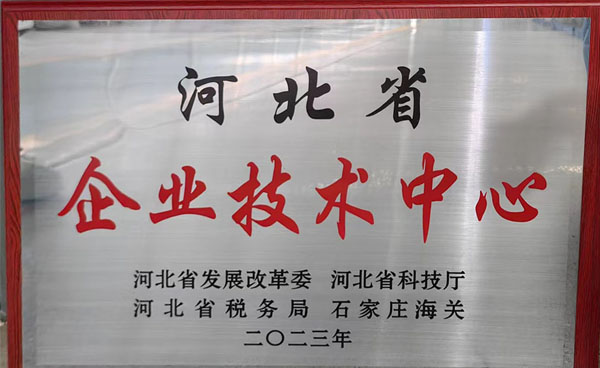
Aug . 13, 2024 06:06
Back to list
Pressure Reduction Station for Efficient Gas Management and Safety Enhancement Solutions
Understanding Pressure Reduction Stations Function and Importance
In the world of gas distribution, pressure reduction stations play a pivotal role in ensuring a safe and efficient supply of gas to residential, commercial, and industrial users. These stations are integral components of the natural gas infrastructure, tasked with reducing the high-pressure gas delivered from transmission pipelines to a lower, manageable pressure suitable for end-users.
What is a Pressure Reduction Station?
A pressure reduction station, often referred to as a pressure regulator station, is designed to control the pressure of gas flowing through a pipeline system. When natural gas is transported over long distances, it is often pressurized to facilitate smooth movement through the pipelines. However, this high-pressure gas must be reduced to a lower pressure before it reaches consumers, and that is where pressure reduction stations come into play.
These stations consist of various components, including control valves, pressure regulators, filter systems, and sometimes heaters. The control valves control the flow of gas, while pressure regulators adjust the pressure to ensure it is consistent and within safe limits for end-users. Filtering systems remove impurities from the gas, ensuring that the gas supplied is clean and safe for use.
.
The process begins when high-pressure gas enters the station through an inlet line. The gas first passes through a series of filters that capture particulates and moisture, protecting downstream equipment from damage. After filtration, the gas reaches the pressure regulator. Depending on the demand from consumers and the supply conditions, the regulator adjusts the pressure dynamically.
محطة تخفيض الضغط

Once the gas has been reduced to the appropriate pressure, it exits the station through an outlet pipeline, ready to be distributed to homes, businesses, and factories. This regulation is vital, as different consumers require different pressure levels depending on their specific applications—residential users usually need lower pressures compared to commercial and industrial users.
Importance of Pressure Reduction Stations
Pressure reduction stations are critical for several reasons. Firstly, they ensure safety in the gas distribution system. High pressure can lead to dangerous leaks and potential explosions. By reducing the pressure to safe levels, these stations help to mitigate risks associated with gas distribution.
Secondly, they optimize the efficiency of the gas distribution process. By maintaining the required pressure levels, these stations prevent wastage and ensure that the gas supply meets consumer demand accurately. This efficiency is crucial for both economic reasons and for maintaining a reliable supply in the energy sector.
Additionally, pressure reduction stations facilitate the integration of renewables into the energy mix. As more countries turn to renewable energy sources, the flexibility and control provided by these stations enable gas systems to adapt to variable input levels and demand.
Conclusion
In summary, pressure reduction stations are fundamental components of modern gas infrastructure. They provide essential safety measures, enhance efficiency, and support the evolving energy landscape. As the world moves towards a more integrated and sustainable energy future, understanding the role of pressure reduction stations will be increasingly important for ensuring reliable and safe gas distribution. Their significance cannot be overstated in an industry that forms the backbone of many energy systems worldwide.
Latest news
-
Safety Valve Spring-Loaded Design Overpressure ProtectionNewsJul.25,2025
-
Precision Voltage Regulator AC5 Accuracy Grade PerformanceNewsJul.25,2025
-
Natural Gas Pressure Regulating Skid Industrial Pipeline ApplicationsNewsJul.25,2025
-
Natural Gas Filter Stainless Steel Mesh Element DesignNewsJul.25,2025
-
Gas Pressure Regulator Valve Direct-Acting Spring-Loaded DesignNewsJul.25,2025
-
Decompression Equipment Multi-Stage Heat Exchange System DesignNewsJul.25,2025

